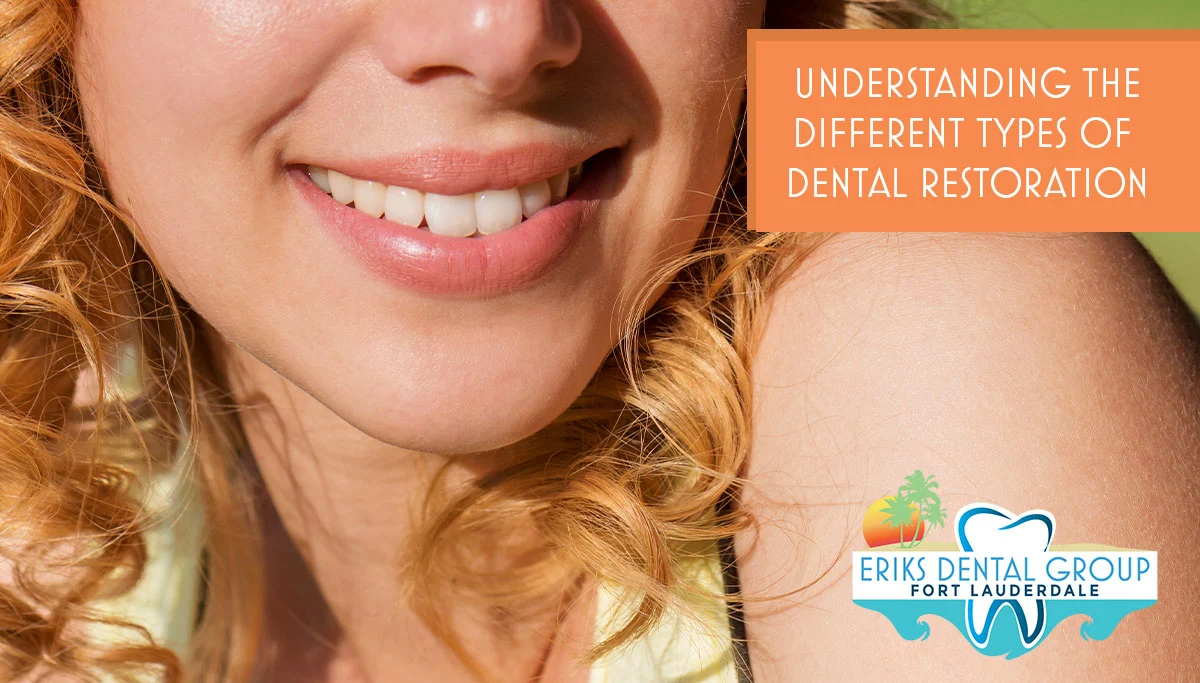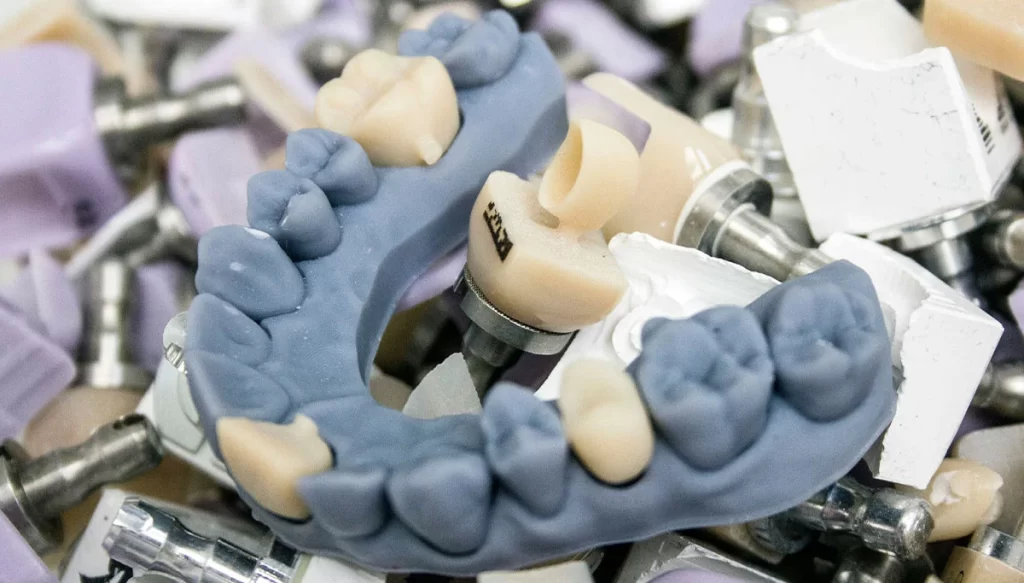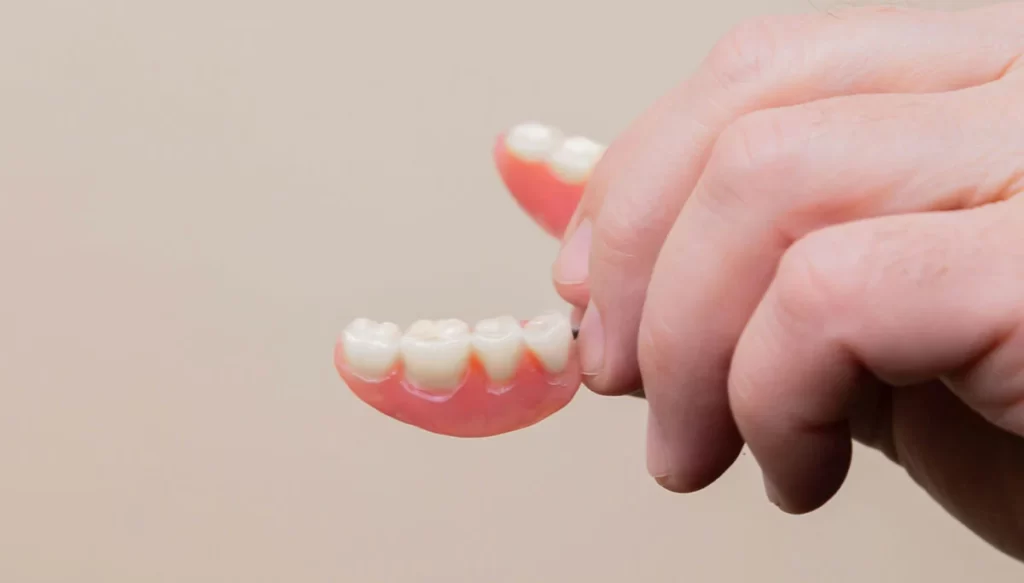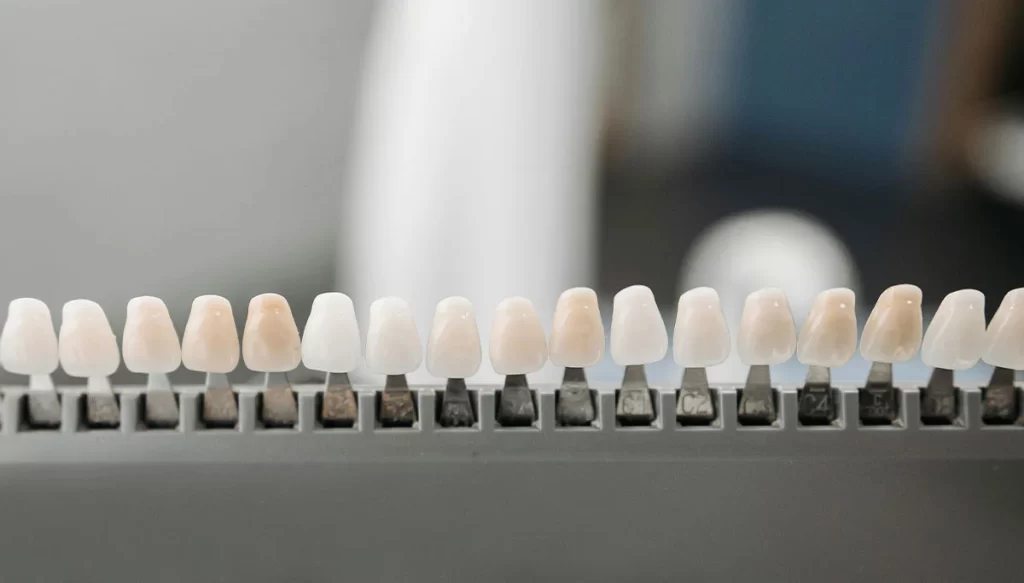
Maintaining a healthy smile shouldn’t be taken for granted. Every day, our teeth are exposed to various pressures and substancesand over time, our teeth are at risk of developing fractures, cavities, and a general loss of luster. Thankfully, restorative dentistry offers multiple treatments to help maintain your teeth.
In this article, we look at the benefits of dental restoration practices, and the various available services.
Restorative dentistry has several advantages for young and old. The main benefit is that you’ll ensure a functional set of teeth. You’ll be able to enjoy food and speak confidently. You’ll also enjoy better oral health. By preventing cavities and gum disease, your mouth can remain in good health. Additionally, you’ll reduce the risk of future complications and rejuvenate your smile.
Let’s understand the different types of dental restoration services to see which one might be right for you.
Fillings are the most common restorative practice used by dentists, with CDC dental research reporting that 91% of US adults have had at least one dental filling. They’re used to treat cavities, fractures, and worn-down teeth. Dental fillings fill the tooth cavity with one of several substances, including:
Composite resin matches the color of your teeth and offers a heavy-duty strength to withstand everyday chewing. Their pleasing aesthetic makes them the most popular choice of dental fillings.
These metallic fillings are made from an amalgamation of several metals, including silver, copper, and mercury. Amalgams are usually used for molar fillings, as their metallic appearance makes them more noticeable.
This opaque material is often used on children’s teeth due to its sensitivity. Ionomers act as a sealant for small fillings along the gum line and aren’t as durable as other fillings.

Dental crowns or caps cover and encase a tooth that has undergone severe damage. Crowns can be molded to maintain your tooth’s appearance and size. They’re often used after root canal treatment in cases where a considerable amount of tooth has been removed. Crowns are an effective way to counteract tooth wear and tear.
The most common types of crowns include:
Ceramic crowns offer aesthetic discreetness. Their absence of metal creates a natural look by allowing a translucent effect. Ceramic crowns are a great option for your front teeth to create an authentic-looking tooth.
Porcelain is fused with metal to provide a durable and aesthetically pleasing tooth. A fused porcelain crown requires skilled dentistry to ensure the metal remains submerged on the gum line.
Metal crowns are made from several materials including gold, nickel, chromium, and palladium. They offer superior strength and rarely chip. They can withstand clenching and grinding but have the drawback of a metallic color.

Dental implants are designed to resemble a natural tooth. They’re made from titanium or gold alloy and use an artificial root that is embedded into the jawbone. Titanium is biocompatible and fuses with the jawbone through a process known as osseointegration. Implants replicate the natural chewing function of real teeth. They’re permanently fitted and don’t have to be taken out at night. Implants provide the following advantages:
A tooth implant procedure is a specialized treatment, which is why it’s best to consult with a reputable cosmetic dentist for any tooth implant services.
Bridges are used to replace missing teeth. A natural tooth pontic is attached to crowns on existing teeth. Bridges are made from porcelain and can match the color of your teeth. Bridges require appropriate anchorage and are a good option when implants aren’t possible. Several bridges are available, including:
These are the most common type of bridge and are cemented onto the abutment teeth.
These bridges use a metal wing instead of a crown to secure the bridge. Maryland bridges are commonly used to secure front teeth.
These are used when only one adjacent tooth is missing and is secured to a single crown.

These removable false teeth are made to look like real teeth with their surrounding gums. They’re made from acrylic resin and offer good durability. Dentures are a good option if you’ve lost a considerable number of teeth due to injury or decay. You can either get a full or partial set of dentures.

Veneers are tooth-colored shells designed to cover a tooth. They’re seen as a cosmetic procedure to restore the appearance of a damaged tooth. They are useful to make shorter teeth look even, and to hide chips or cracks. Veneers are made from composite resin or porcelain and can last up to 15 years.
These restorations are used for significant tooth damage where a filling won’t work. They are fabricated in a dental lab from durable materials. Inlays are used where the tooth cusp is intact, and onlays are used for damaged tooth cusps.

At Eriks Dental Group in Fort Lauderdale, we offer a full range of dental services. ABy conducting a full dental inspection, we’ll advise you on the best course of action for your dental health.
Our experienced dental team provides caring and capable dental services at every point. We aim to restore your teeth and gums to optimal condition and rejuvenate that smile. Whether you need a small filling or multiple tooth implants, we have youth dental health covered.
Call us at 954-463-5051 to book your dental check-up today.
© 2025 Eriks Dental Group - Fort Lauderdale - All Rights Reserved. Dental Website Design by Connectica